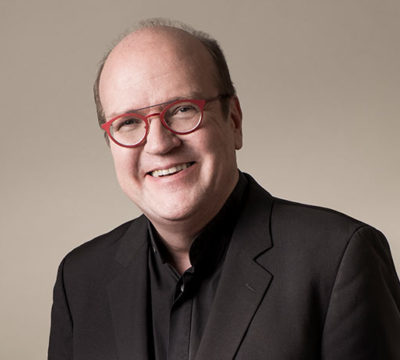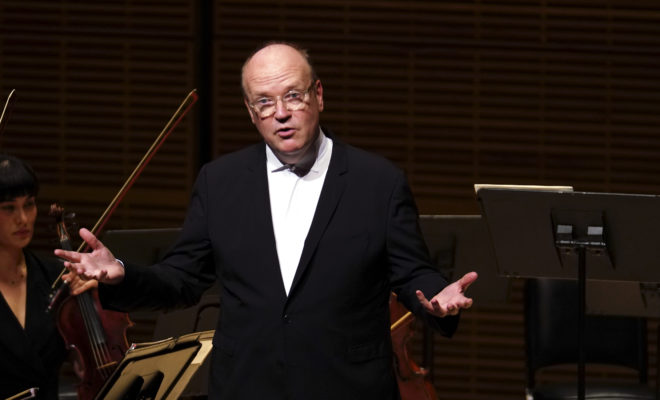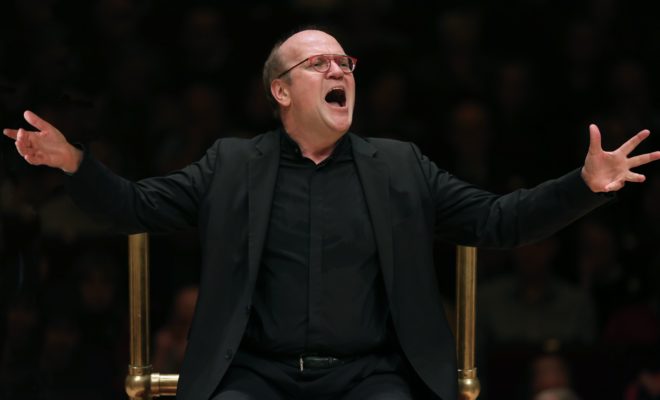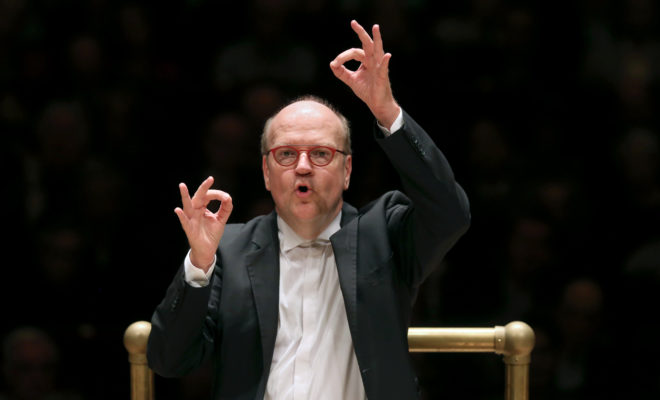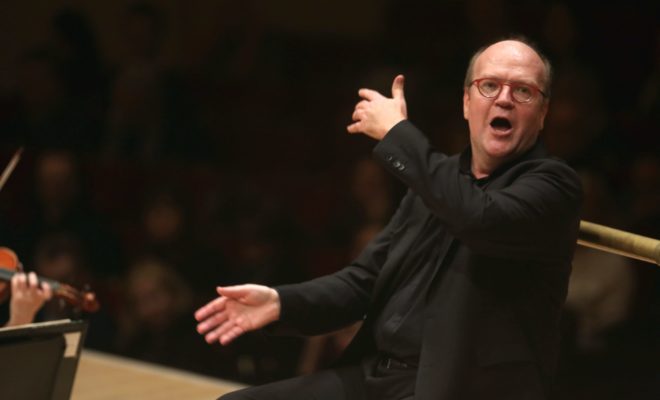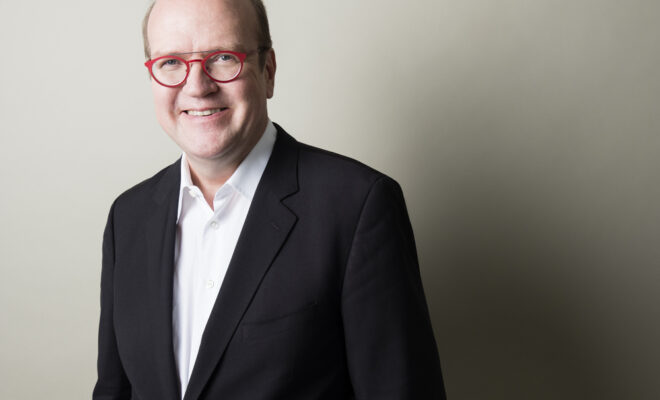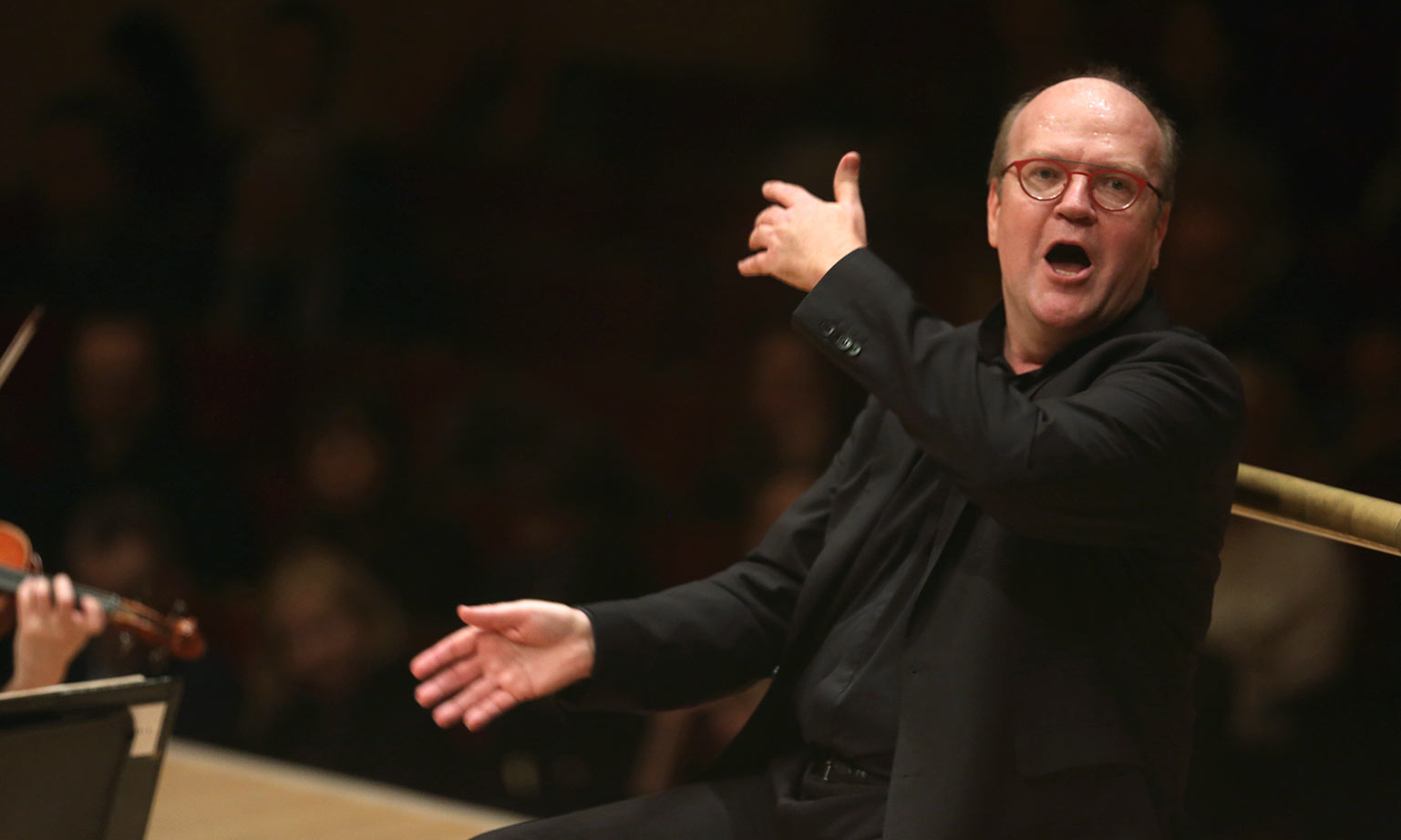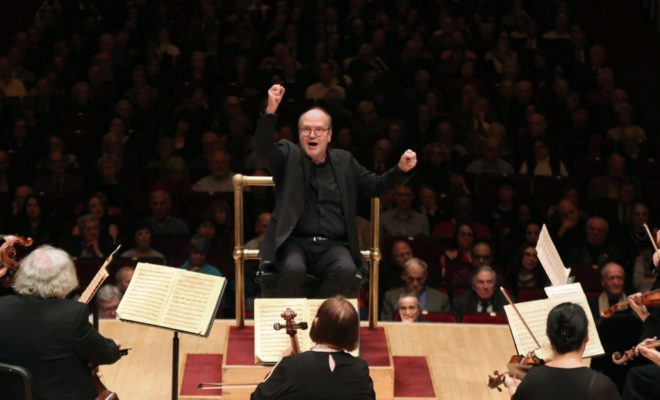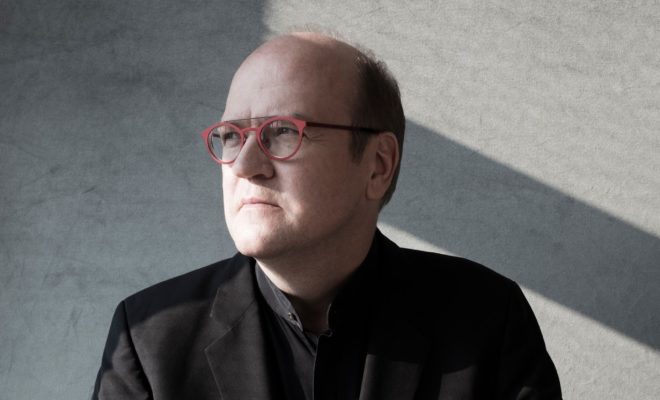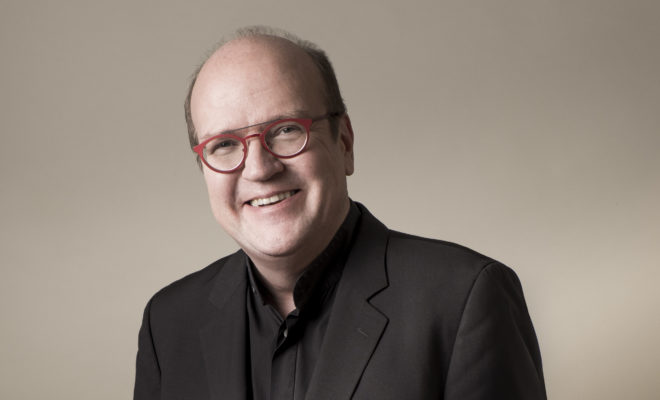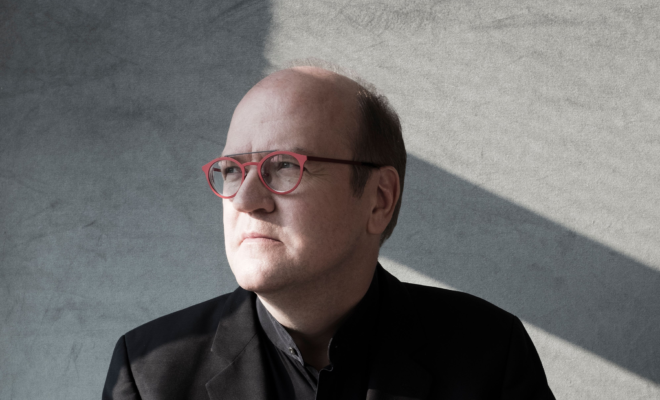I have always had a lot of affection for Bach’s early works, in particular his first church cantatas. We cannot understand this music without delving into the legacy of his predecessors and mentors. The hero of Bach’s youth was Dietrich Buxtehude, a Danish-born organist and composer who spent most of his career in Lübeck, a Hanseatic city in northern Germany.
During Buxtehude’s long career as organist at St. Mary’s Church (Marienkirche, 1668-1707), he came to epitomize the great north German organ school. As many young musicians who wanted to become acquainted with his bold and original style flocked to him, he emerged as one of the first baroque superstars. Handel and his friend Johann Mattheson visited Buxtehude briefly in 1703, and Bach spent nearly three months in Lübeck in late 1705 and early 1706. The 20 year old Bach walked over four hundred kilometers from Arnstadt to visit the great master, which says everything about how important Buxtehude’s music was in the young genius’ mind.
History tells us that Bach was presented with an opportunity to succeed Buxtehude as organist at the Marienkirche, but under Buxtehude’s most important condition: that Bach marry his daughter Anna Margareta (who was thirty years older than Bach). This was an act similar to Buxtehude’s own ascension to the position: he himself was married in 1668 to Anna Margarete Tunder, the daughter of his predecessor, Franz Tunder. Buxtehude eventually had it his way: his successor was Johann Christian Schieferdecker, who married Anna Margareta on the year of her father’s death.
Unfortunately, a lot of Buxtehude’s music is lost. What survived consists mostly of organ music and cantatas, with some chamber music. His oratorios, which had a deep influence on Bach’s works of the same nature, are all gone – only the librettos remain. We know that he composed multi-part oratorios to be performed over the entirety of Advent, and similarly Bach composed his Christmas Oratorio to commemorate the Christmas season of 1734-1735.
Organists know very well the connection between Buxtehude’s and Bach’s music. The latter borrowed a lot from his mentor, from the often rhapsodic and improvisational style (aptly named stylus fantasticus) of his toccatas to the polyphonic treatment of the chorale. Bach’s Passacaglia BWV 582, owes a lot to Buxtehude’s own works of the same kind, especially the Passacaglia BuxWV 161.
Which leads us to today’s work, Jesu meines Lebens Leben: a jewel of a cantata built on an ostinato.
The purpose of Buxtehude’s vocal compositions in the musical life of his parish is not entirely clear to us, but one can assume that many or most of them were performed during the famous Abendmusiken: non-liturgical evening concerts that took place in late afternoon in the Marienkirche. The most important ones happened on the five Sundays before Christmas. These concerts were paid by local businessmen, with free admission for the public. (Businessmen who read this, please take notes.)
As we know that Bach visited Lübeck in the fall and early winter of 1705, it is all but certain that he attended at least a few of these performances, possibly having performed violin as part of one of these concerts.
Buxtehude’s cantatas stem from the traditional lineage of the “spiritual concert” inherited from Heinrich Schütz, who himself inherited it from the Italians. These are loosely structured pieces usually built in one fluid block (sometimes divided in a certain number of sections), often preceded by an instrumental introduction. Some of them are based on a chorale, but the vast majority are freely composed.
Jesu meines Lebens Leben encapsulates the expressive power of Buxtehude’s music. After a sober but pregnant introduction played by the strings, a powerful chaconne based on an eight-note sequence over two bars repeated forty-one times in the bass line unfolds, following an alternance of solo or combined voices with a string group of two violins and two violas with continuo. The hypnotic power of the ostinato is enhanced by the extremely rich harmony and the infinite variety of textures, both vocally and instrumentally. Many sections actually remind me of the music of the great Henry Purcell, the absolute master of the ground (or chaconne, or passacaglia, all different terms that are more or less equivalent).
Through all phases of his career Bach will go back to the passacaglia (or chaconne) form, down to the biggest and grandest chaconne ever composed: the Goldberg Variations. Buxtehude’s music served as a musical beacon and source of inspiration in the early phases of Bach’s artistic growth, and without it his greatest accomplishments cannot be explained or understood.
Program
Dietrich Buxtehude
Jesu meines Lebens Leben BuxWV 62
Dietrich Buxtehude
Passacaglia BuxWV 161
